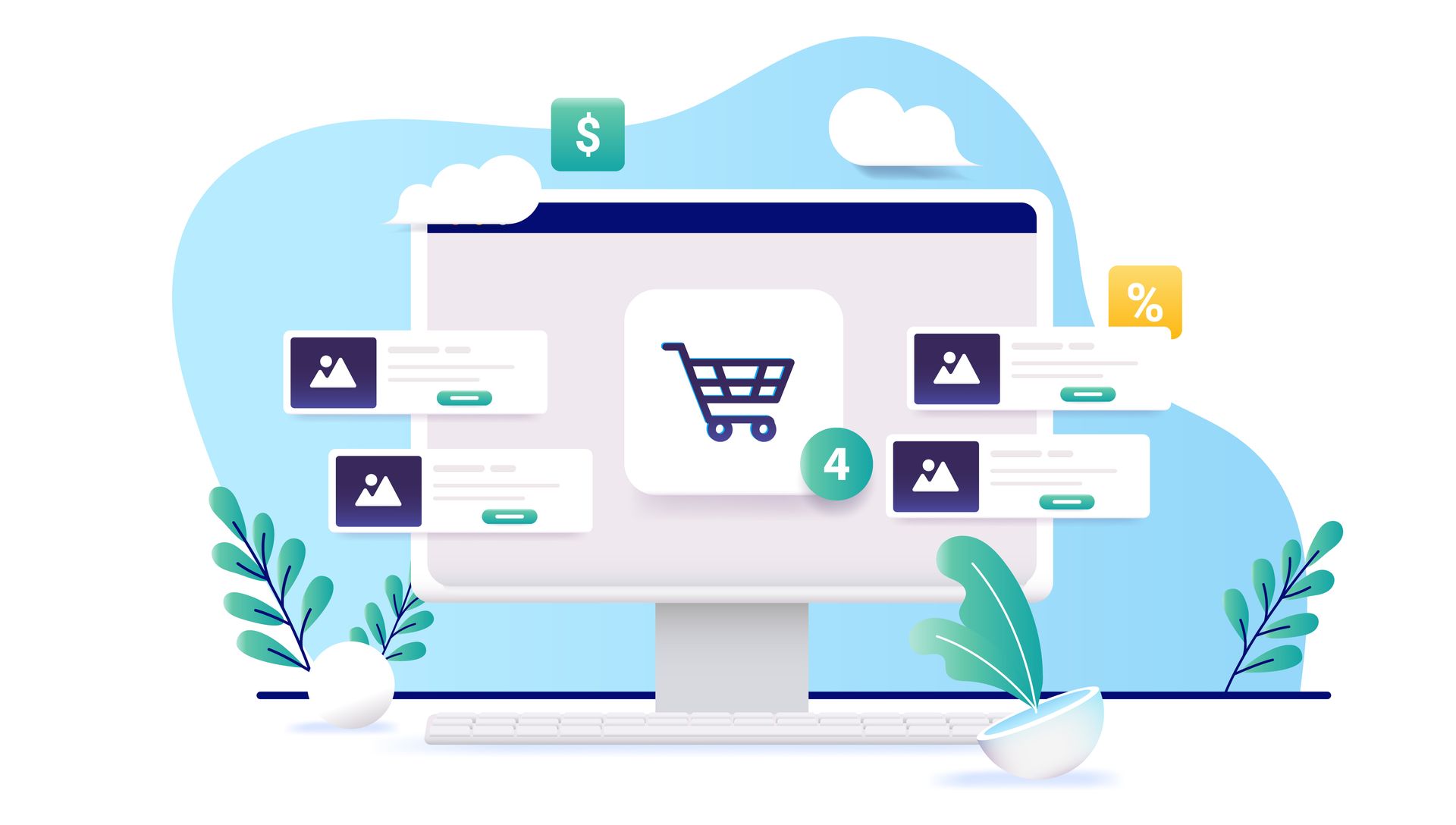Guide to Campus Store Models
Since the inception of collegiate retail dating back to 1745, campus stores have traditionally offered a wide range of products and services that included:
“Course Materials”
Required and recommended textbooks and essential course-required supplies.
“General Merchandise” or “GM”
Emblematic clothing and gifts decorated with the school name or logo, “trade books” (not required for class), school and office supplies, electronics and technology products, graduation products, and convenience items such as snacks, candy, beverages, and health and beauty aids.
"Campus Services”
Typically anything that the store offered that was not a “product” with a cost and retail, such as gift cards, event tickets, bus passes, and rentals.
Regardless of the campus store operational model, the campus store plays an important role in supporting the institution’s academic mission and contributing to student success.
Traditional Store Management Models
There have been three basic management models in the past and these still exist today serving a majority of colleges and universities:
Independent Stores
These stores have a direct relationship with the college or university served and include stores that are owned and operated by the institution as well as those operated as a cooperative, or owned by an auxiliary services corporation within the institution. These stores may also be known as “institutional stores”.
Outsourced Stores
Also known as “contract managed” or “leased” stores, these stores are operated contractually on behalf of an institution by a private for-profit corporation that typically pays the institution a financial commission or rental fee. These chain store companies take advantage of uniformity, economies of scale, and centralized resources to generate a return on investment to shareholders or owners.
Private Stores
Whereas independent and outsourced stores operate as the “official” bookstore and serve an institution directly, private stores – also known as “off campus stores” – serve one or more schools indirectly as a private enterprise. Private stores are typically located conveniently adjacent to a campus of an institution with larger enrollment where the marketplace offers greater competitive opportunity.
Within each of these models, most stores offer an in-store and eCommerce shopping experience for customer convenience. Many stores also provide lockers for secure online order pickups and vending machines that can sell a variety of products.
Financial Models
In addition to understanding the prevalent management models as described above, another important context is financial model under which a store operates.
Both outsourced and private stores necessarily need to generate a positive net income, or they risk insolvency. Independent stores operate within the much larger organization – the college or university it serves – so other financial models can apply.
According to the CAS Campus Store Standards[1]:
“Campus stores must collaborate with the campus administration to define the store’s mission by affirming the financial model and expected outcome of the store to generate net income, break-even, or receive institutional support for provision of valued services.”
[1] Council for the Advancement of Standards in Higher Education (CAS), 2024 (V11.1), “CAS Standards & Guidelines: Campus Stores, p. 6.
Independent store financial models include:
Generate Net Income
The expectation is for the campus store to generate a positive net income after expenses. The net income is commonly reinvested into the institution since there are no owners or shareholders.
Break-Even
The campus store mission is cost recovery – neither earning a net income, nor requiring institutional subsidy.
Subsidized
For varying reasons, a store may not be expected to generate net income or achieve break-even, and receives a subsidy from the institution. This is an intentional strategy by the institution, often to achieve a higher level of service than would otherwise not be possible.
Many factors can affect the financial model an institution chooses for the campus store’s mission, including the type of institution, the size of the student enrollment, the popularity of the athletic teams, and the socioeconomic status of the alumni, the students, and their families and supporters. For example, campus store serving a large enrollment university with nationally recognized sports teams has a much better opportunity to generate a positive net income.
Hybrid Store Management Models
Traditional collegiate retail has evolved from physical “bricks & mortar” stores to a combination of physical stores with online sales channels, also known as “click and mortar” or “bricks and clicks”.
This has led to alternative “hybrid” campus store models with many potential variations, such as:

Independent GM-Only & Virtual Course Materials
Institutionally & Outsourced Jointly Managed Stores


Outsourced GM-Only Store & Virtual Course Materials Store
100% Virtual

Insourcing
Considerations and Next Steps
Step 1: Explore the Possibilities
Key Considerations for Campus Store Management Insourcing
A high-level overview for institutions that haven’t yet made a firm decision but want to explore a transition from a corporate partner.
Step 2: Ready to Insource?
NACS Campus Store Insourcing Checklist
A valuable, customizable resource to guide institutions through the transition from a corporate management “lease” model to an independent campus store.
The customizable checklist includes:
Transition phases
A blueprint for each of the five key phases of a transition:
- Research & Investigation
- Decision & Preparation
- Implementation
- Transition
- Assessment & Follow-up
65+ Time-Sensitive Tasks
Adapted to your target date
Organized Categories & Details
For filtering and coordinating internal resources
One (1) Hour Consultation
With NACS Consulting
Introductory Price
Don’t navigate the change alone. This comprehensive tool gives you the clarity and guidance to transition from a corporate-managed lease model to full independence.




